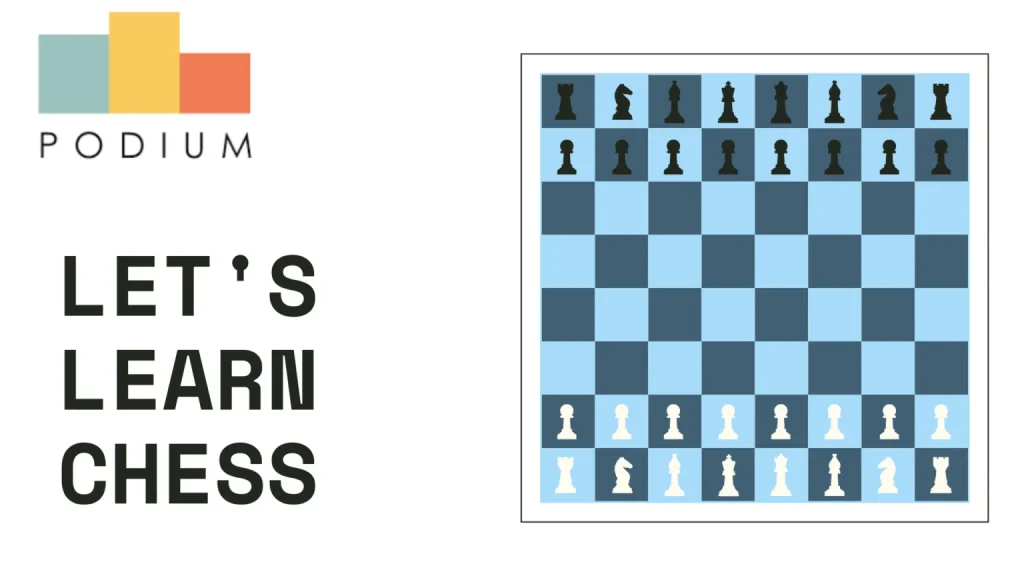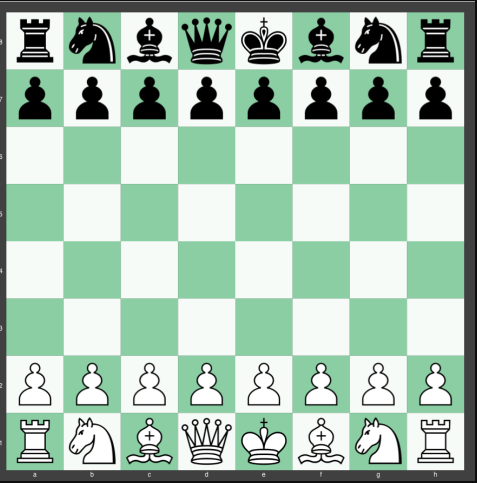There is a process of doing things in life and chess is no different. By now, you must have learnt many moves and techniques on the chessboard. There comes a time where you have to put to use the various moves you learnt and make it work when it matters. Doing the right thing at the right time is crucial to chess. It’s decision-making all around, in every move. So in this post, we shall learn about the opening, middle and end games in chess.
We can recognise three phases in every game. The opening, middle and end phases. Every phase has its own characteristics and you must know them. There are various priorities you must keep in mind while making every move. You must also be able to recognise when a game is moving into the next phase.
We have learnt the development of pieces, centre control and many other moves. Now it is time to learn when and where to use them. All three phases in a game depend on your game plan and how you wish to present your pieces. It is time to make your game structured. Learning theory and putting it into use is one of the important parts of your game.
Opening Game
The game has not started yet. Once it does, the opening phase has commenced. It includes the first 10-15 moves you make. Many of the pieces have now moved from their starting positions and development has begun. The positions taken up by pieces in the opening phase define their middlegame material. Material is the value of the pieces in their particular positions. There are many opening theories since there are many ways to start the game.
If you are a beginner, it is good to start by polishing your openings. Try different established openings and try to master them before you move on from one phase to another. Repetition is one of the best ways to learn things because it registers in your head if you keep doing it. You can also learn the theory of each opening to help you understand its benefits. Here are a few established openings to help you understand –
Queen’s Gambit – This is a move where white starts by opening up moves for the queen. The pawns in front of the queen move first. Then the queen moves two squares forward. Black responds by moving his queen two spaces forward. Now white moves its queenside bishop two spaces forward.

Sicilian defence – It starts with the moves e4 c5. It is a move that is the most popular to respond to white’s moves.

Middlegame
Often the hardest phase in the game, the middlegame is where you will learn different strategies and tactics of battle. Over time, learning different useful strategies and combinations of these will help you master the middlegames. You will face tough battles in this phase and it will depend on your type of opponent. Tactics are specific actions you take and strategies are overall approaches to the game. It may be an attacking approach or a defensive approach.
Your middlegame strategy depends upon different conditions like –
- type of approach opted by your opponent
- Development of opponent pieces
- Who has centre control/advantage
From these conditions, you can get a fair idea about your middlegame strategy and how you can tune it according to the requirements. You will learn what is effective and what is not while trying out different tactics. It takes practice to master your middlegame strength and it also depends on your opening phase strategy.
Endgame
Your middlegame has gone well. You have successfully exchanged some important pieces of your opponent and you have centre control as well. Now comes the closing stages. It can be foolish to underestimate an opponent during these stages, even if you have the upper hand. A deep understanding of roles and material will help you maintain a strong position when you reach this stage.
As a beginner, it can be challenging to reach this stage or finish well. This is where experience pays off. The endgame tests your patience and mettle. It is a stage for you to improve your game. How do you do that?
To make your endgame good, you must learn to predict your opponent’s moves. A few pieces are left, the battle is not over yet. There are some strategies that players use in this stage –
- Be patient and wait for the opponent to make a mistake.
- Be aggressive and force the opponent to take a step back and evaluate the situation.
- Take advantage of good positions.
- Avoid spite-checks.
These are only some strategies and you can adjust accordingly. You will be surprised by how much you can learn on your own. Use some moves, try them out and pay to your strengths.
Conclusion
Learning chess theory is advantageous in many ways. You can learn different openings, different strategies for different stages. Remember to try them out as this will mean more practice. Experience comes only from playing and just learning theory will not help. Combine them and use them. Stay patient and do not panic.
If you know better players than you, watch them play and try to identify what they are trying to do. Analysing the game of good players will help you understand and use them later in your own game. Observation skills are also one of the most important for a chess player. Spend some time learning about popular moves and spend a fairly equal amount of time in your game.
Lastly, do not give up if you’re facing failure every time. Experience that comes from practice will always pay off. Battle constantly to learn and keep learning. Like a lot of people say, learning is a never-ending process!
Share with your friends






